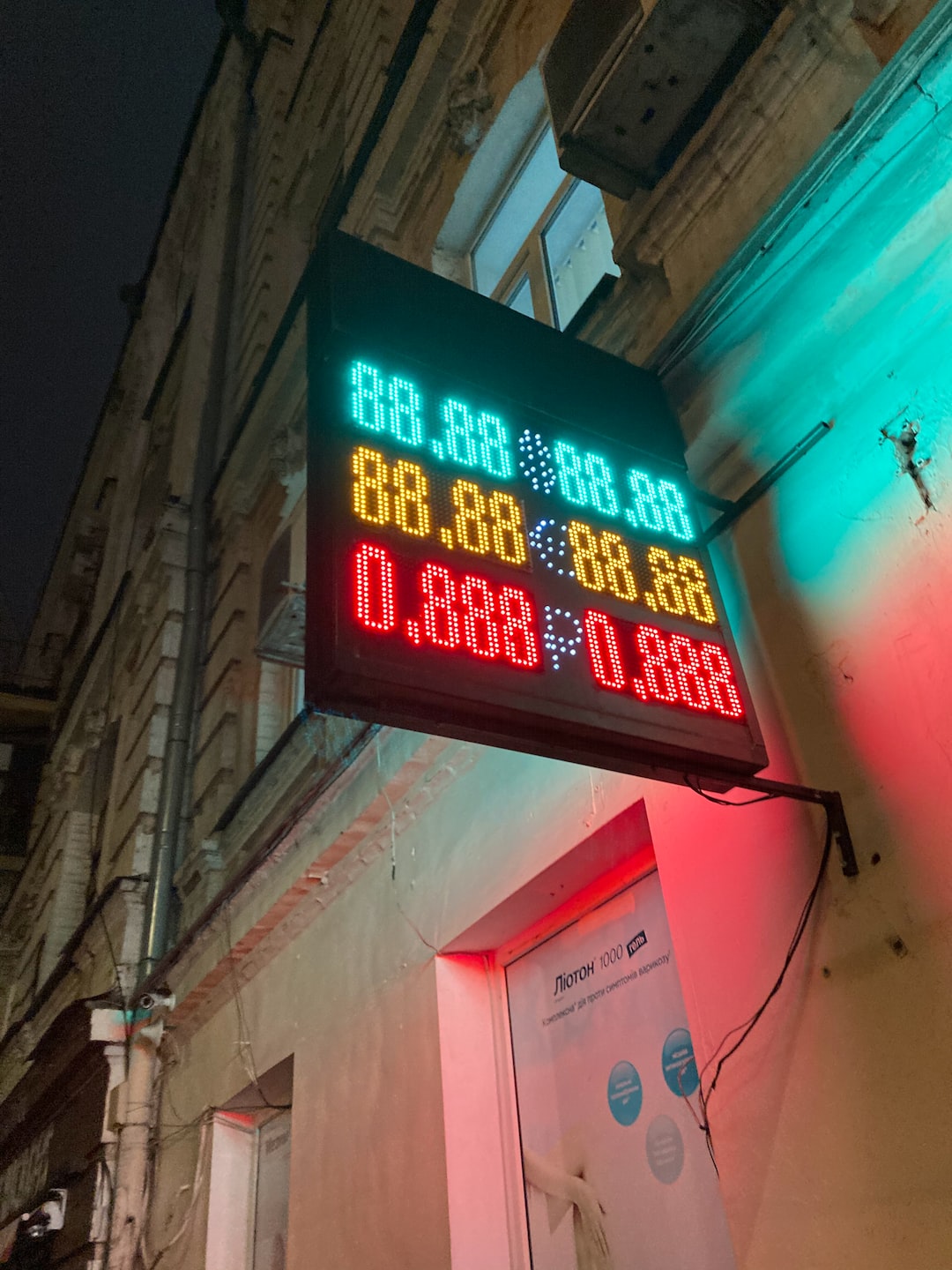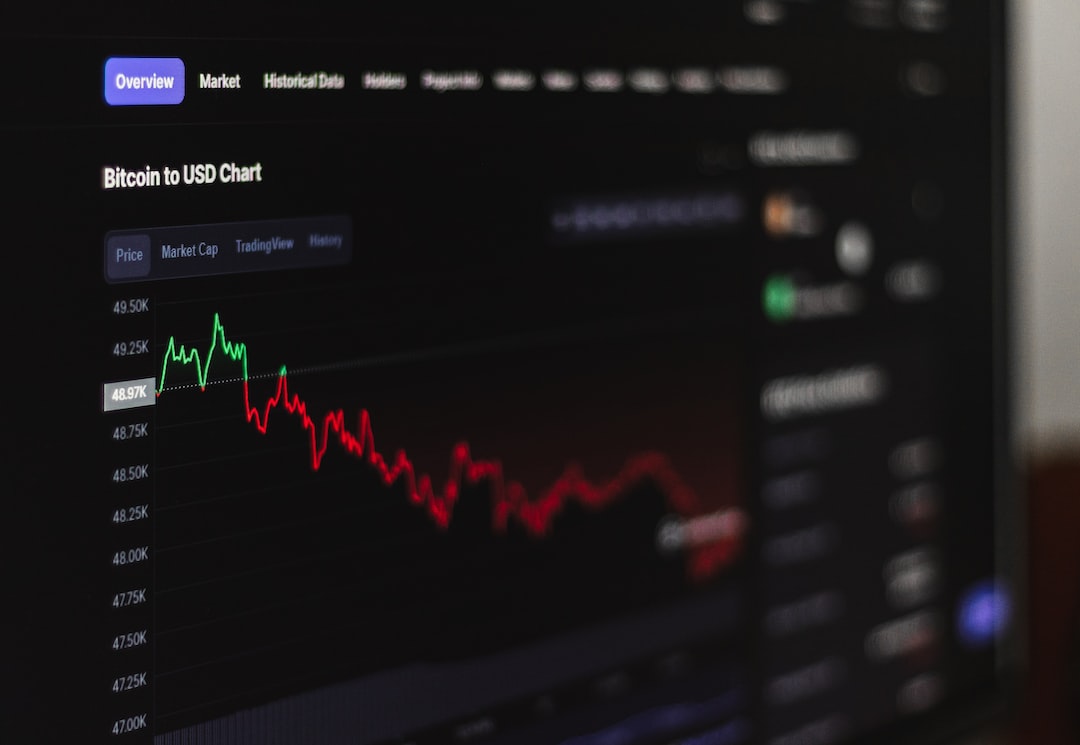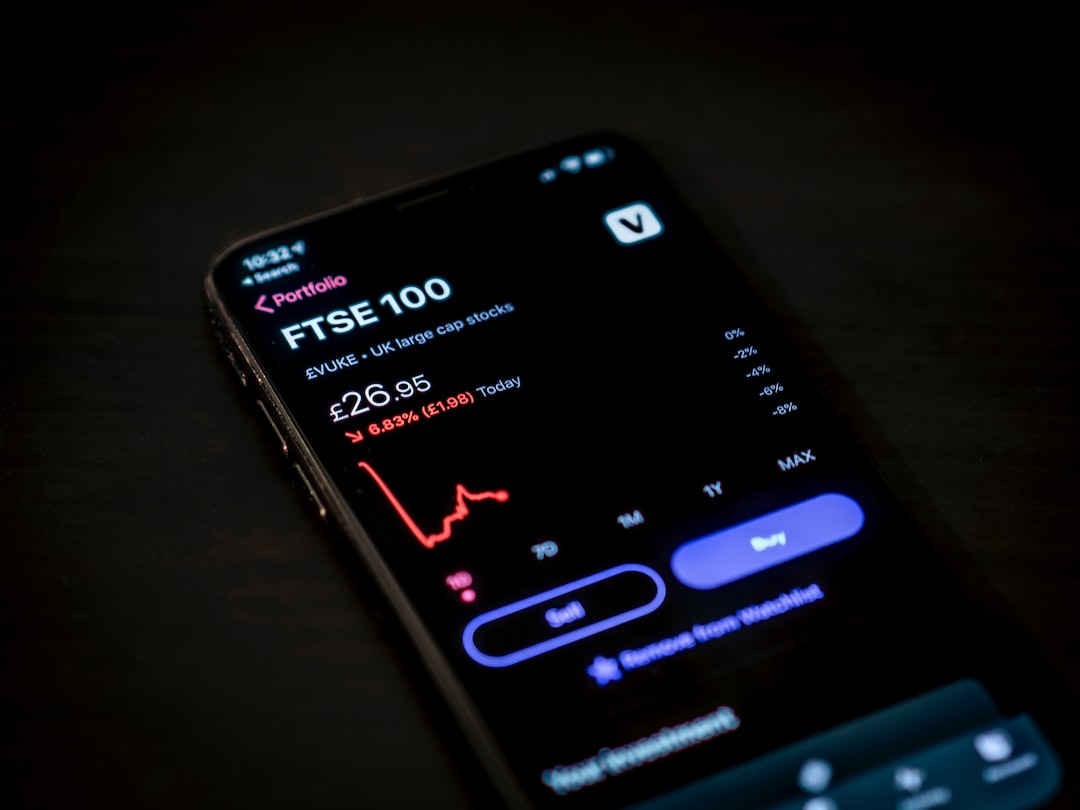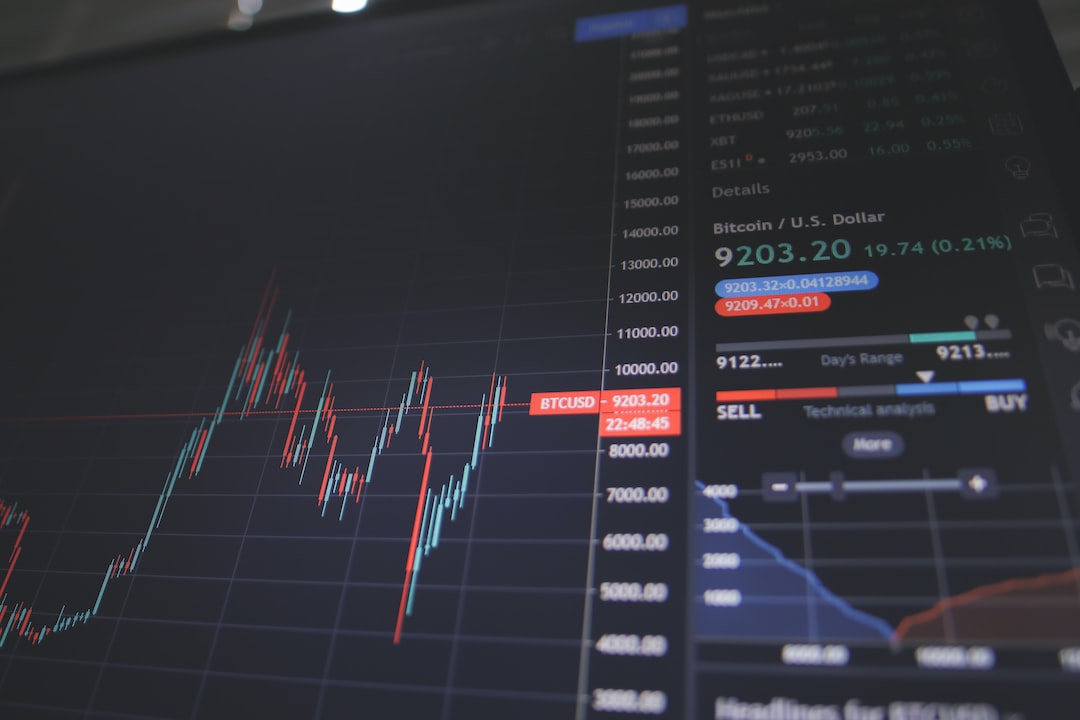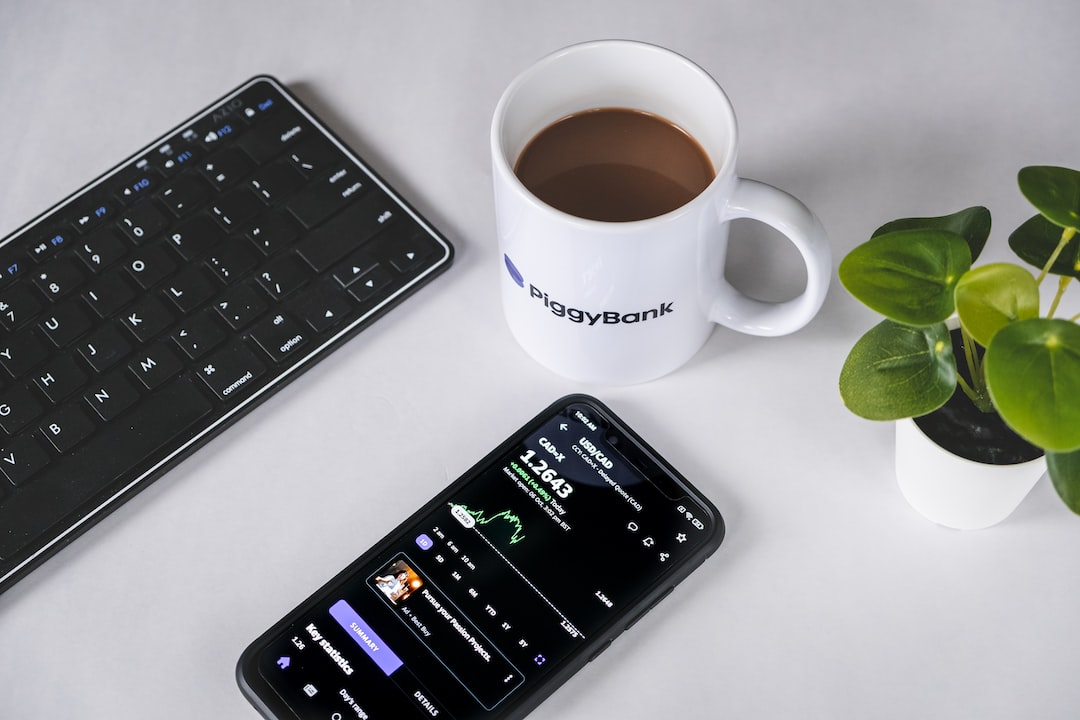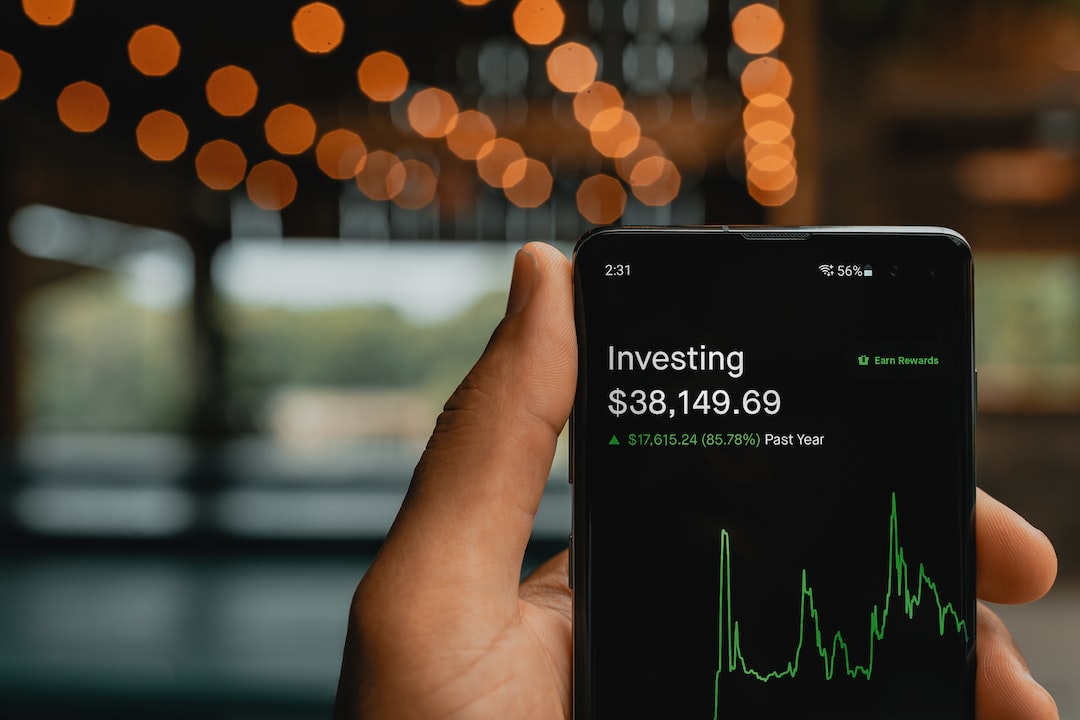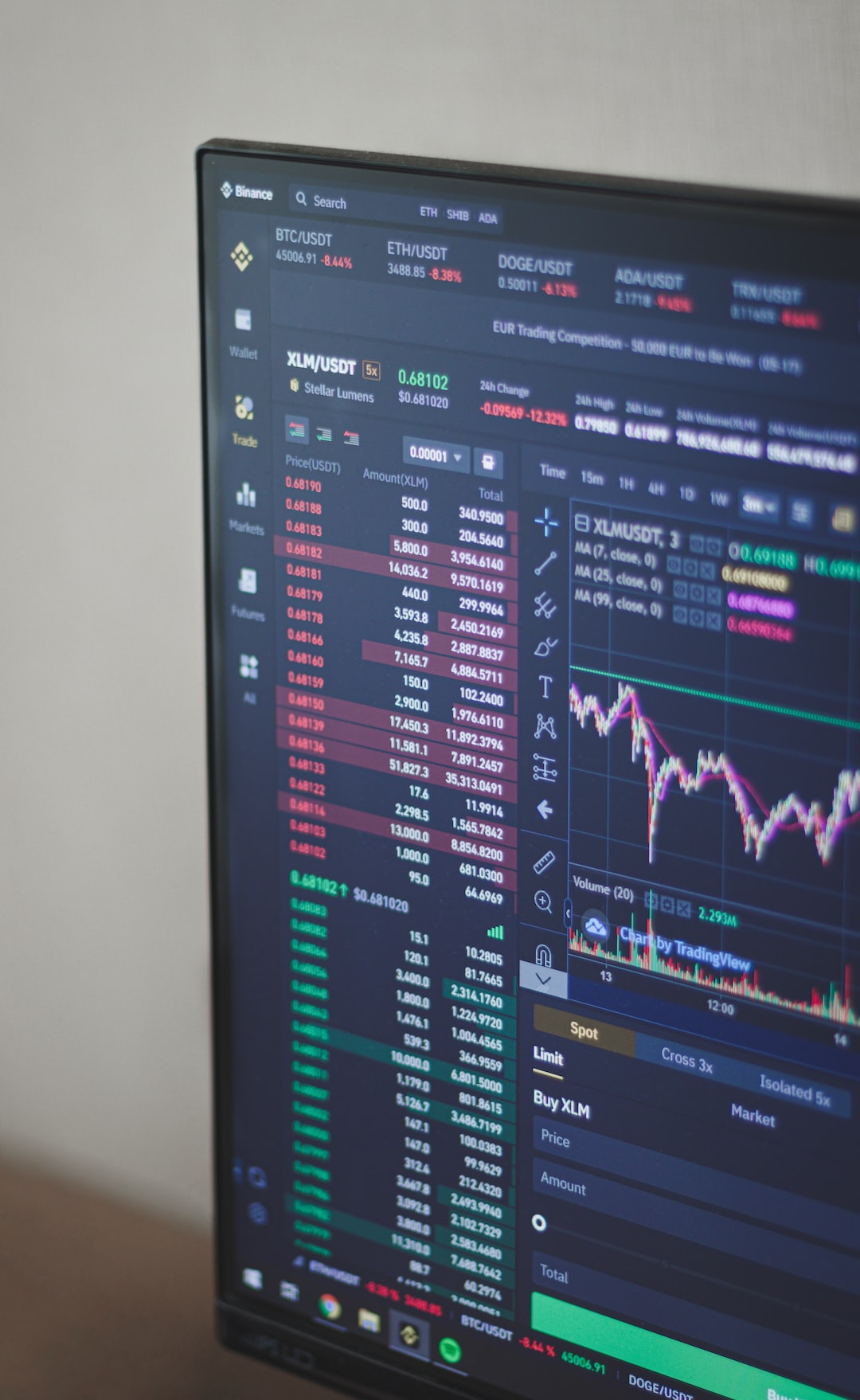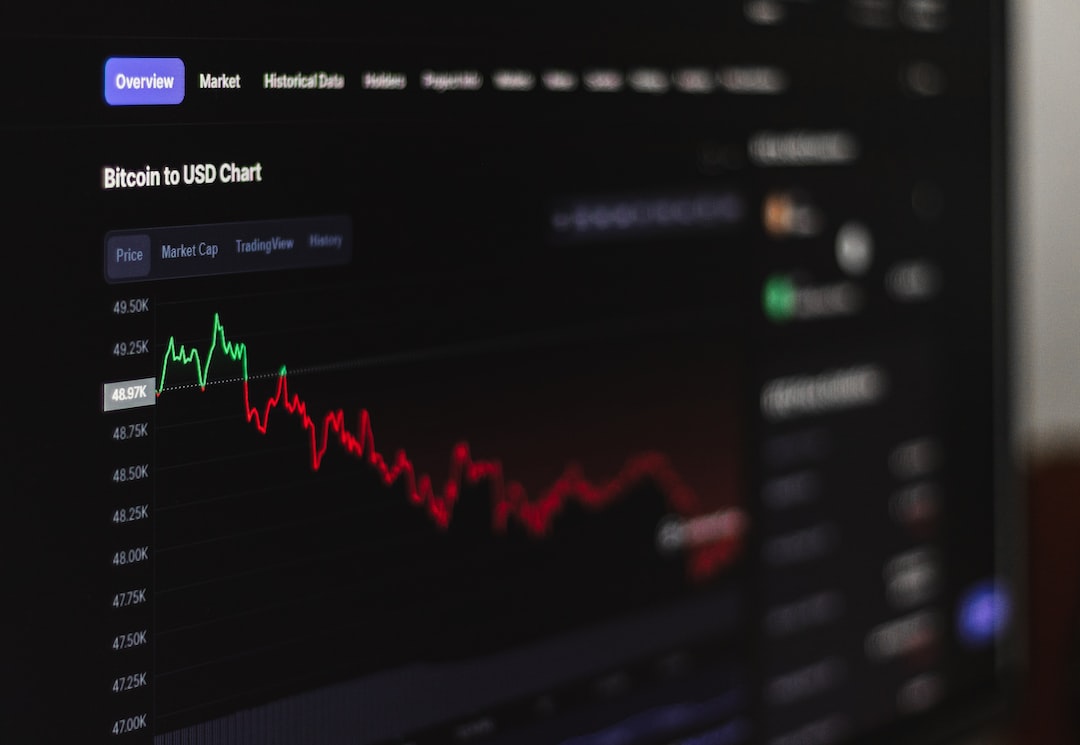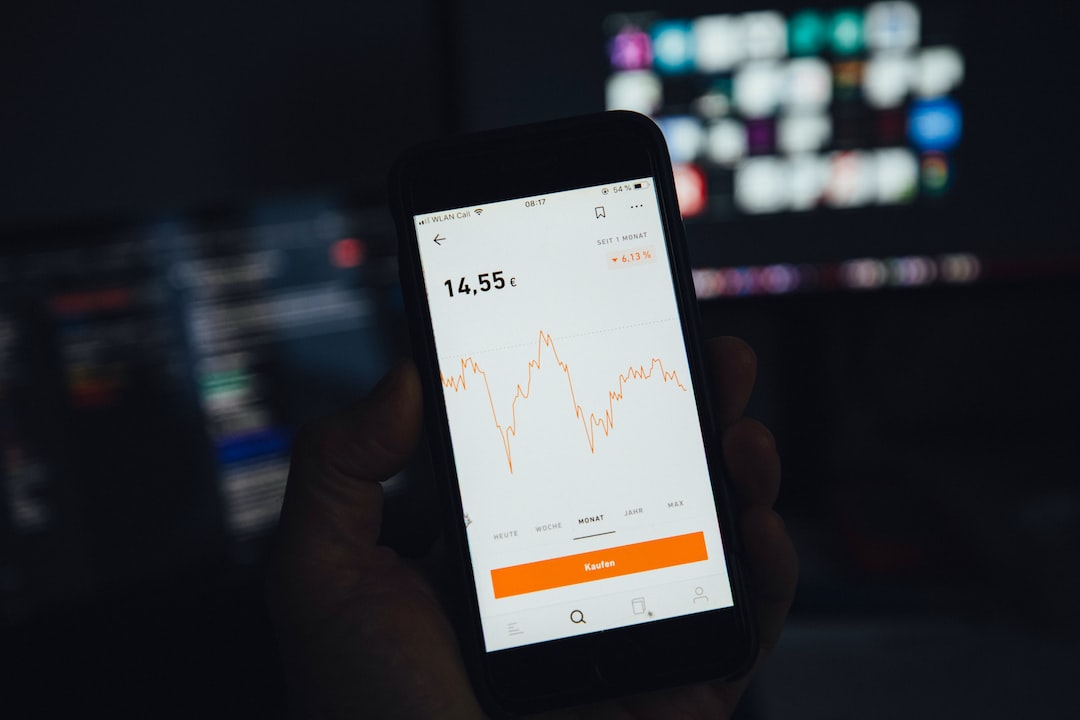The Impact of Forex Trading Withdrawal Fees on Your Trading Strategy
Forex trading has gained immense popularity in recent years, attracting both seasoned traders and newcomers to the financial markets. The allure of potential profits and the ability to trade 24/7 have made forex trading an attractive investment option. However, it is important for traders to be aware of all the costs and fees associated with forex trading, including withdrawal fees.
Withdrawal fees are charges imposed by brokers when traders transfer funds from their trading accounts to their personal bank accounts or e-wallets. These fees can vary significantly between brokers and can have a significant impact on a trader’s overall profitability and trading strategy.
One of the key considerations for traders when choosing a forex broker is the cost of trading. This includes spreads, commissions, and other charges. However, many traders overlook withdrawal fees, assuming that they are negligible or not significant enough to impact their trading strategy. This can be a costly mistake.
Withdrawal fees can vary greatly depending on the broker and the withdrawal method chosen. Some brokers charge a fixed fee per withdrawal, while others charge a percentage of the withdrawal amount. Additionally, some brokers offer free withdrawals up to a certain limit or for specific account types.
For traders who frequently withdraw their profits or need to access their funds regularly, high withdrawal fees can significantly eat into their profits. This is especially true for traders who employ short-term trading strategies, such as day trading or scalping, where frequent withdrawals may be necessary to lock in profits or manage risk.
Consider a scenario where a trader makes a $500 profit in a month and decides to withdraw their earnings. If the broker charges a fixed withdrawal fee of $20, the trader’s profit would be reduced to $480. While this may not seem like a substantial reduction, it becomes more significant as the trading volume and profits increase.
Furthermore, traders who engage in high-frequency trading or use automated trading systems may execute a large number of trades within a short period. In such cases, frequent withdrawals may be necessary to manage risk and maintain liquidity. If a broker charges a fixed fee per withdrawal, these fees can quickly add up and significantly impact a trader’s profitability.
Another important consideration is the impact of withdrawal fees on a trader’s trading strategy. Some traders may prefer to leave their profits in their trading accounts to compound their gains or use them as margin for larger positions. In such cases, withdrawal fees can limit a trader’s ability to maximize their profits and potentially hinder their trading strategy.
It is also worth noting that withdrawal fees can vary depending on the withdrawal method chosen. Bank transfers, for example, may attract higher fees compared to e-wallets or digital payment systems. Traders should carefully consider the withdrawal options offered by their brokers and evaluate the associated fees before making a decision.
To mitigate the impact of withdrawal fees on their trading strategy, traders should consider the following tips:
1. Choose a broker with low or no withdrawal fees: Conduct thorough research and compare the withdrawal fees charged by different brokers. Opt for brokers that offer competitive fees or even free withdrawals.
2. Evaluate withdrawal options: Consider the withdrawal methods offered by brokers and compare the associated fees. Choose a method that is cost-effective and suits your needs.
3. Plan your withdrawals: Instead of making frequent, small withdrawals, plan your withdrawals strategically. Consider withdrawing larger amounts less frequently to minimize the impact of withdrawal fees on your profits.
4. Consider account types: Some brokers offer different account types, with varying withdrawal fee structures. Explore account options that may offer lower or waived withdrawal fees based on your trading volume or account balance.
In conclusion, withdrawal fees are an often overlooked aspect of forex trading that can have a significant impact on a trader’s profitability and trading strategy. Traders should carefully consider the withdrawal fees charged by their brokers and evaluate their options to minimize the impact on their trading activities. By making informed decisions regarding withdrawal fees, traders can ensure that they optimize their profits and enhance their overall trading experience.
















